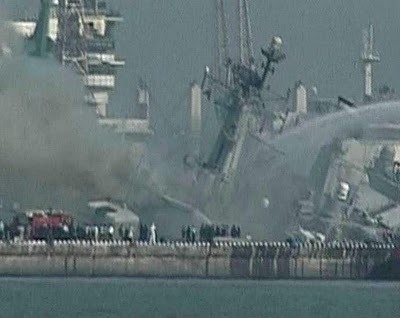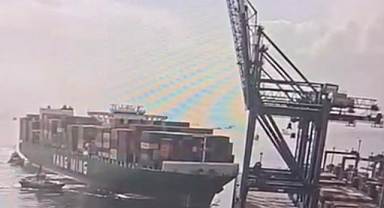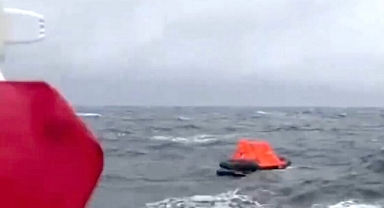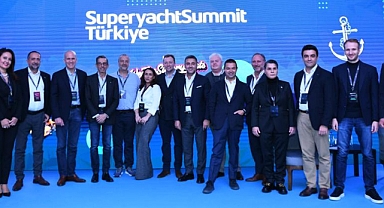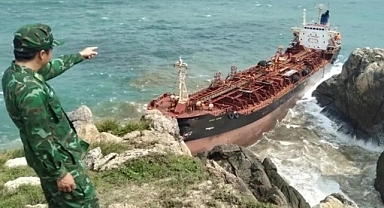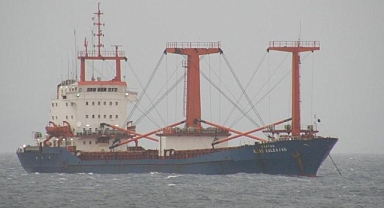Assigns most of the blame for the accident to the foreign ship, divides the blame between the three other ships that were also present.
Five years after a collision at the Mumbai port between an Indian Navy warship and a Cyprus vessel, the London High Court has ruled that the foreign ship bore a majority of responsibility for the accident. Legal proceedings are still ongoing in India, but this judgement will come as a relief for the Navy, who could now use this ruling to bolster their case.
The MV Nordlake collided with the INS Vindhyagiri on 30 January, 2011, after which the Indian warship caught fire and sank. Two other Indian navy vessels, the INS Godavari and another 'lead warship' and Seaeagle (now MV Elbella), a ship from Malta were nearby. The judgement by Justice Teare, noted that, "The degree of Nordlake's fault was at least three times as great as that of Vindhyagiri and the degree of Vindhyagiri's fault was significantly greater than of each Godavari and Seaeagle." Nordlake was held 60% responsible, Vindhyagiri 20% liable and Godavari and Seaeagle were each only 10% to blame.
The London High Court found that Nordlake was guilty of three faults pertaining to the narrow channel rule, safe speed and look out. Nordlake was exiting the harbour, while Vindhyagiri and Seaeagle were inward bound. In January 2013, both Nordlake and Seaeagle had approached the London High Court seeking damages against each other (and the Indian vessels). However, the Government of India was held not to be a party to the proceedings and hence it was held that "faults" and "apportionment of liability" would not be binding to India. No evidence was recorded from those on-board the three Indian warships.
The court had before it the voyage data recorder, video film of electronic radar record, and the engine movement records of the vessels, along with expert opinions.
On the day of collision, Vindhyagiri had taken a group of officers and their families for a picnic at sea. While nobody was injured, the collision meant that the warship deteriorated until the Bombay high court gave the Navy permission to destroy it in May 2012. There was also ammunition on board which was a potential hazard, considering that merchant vessels and warships were in the vicinity.
Five years after a collision at the Mumbai port between an Indian Navy warship and a Cyprus vessel, the London High Court has ruled that the foreign ship bore a majority of responsibility for the accident. Legal proceedings are still ongoing in India, but this judgement will come as a relief for the Navy, who could now use this ruling to bolster their case.
The MV Nordlake collided with the INS Vindhyagiri on 30 January, 2011, after which the Indian warship caught fire and sank. Two other Indian navy vessels, the INS Godavari and another 'lead warship' and Seaeagle (now MV Elbella), a ship from Malta were nearby. The judgement by Justice Teare, noted that, "The degree of Nordlake's fault was at least three times as great as that of Vindhyagiri and the degree of Vindhyagiri's fault was significantly greater than of each Godavari and Seaeagle." Nordlake was held 60% responsible, Vindhyagiri 20% liable and Godavari and Seaeagle were each only 10% to blame.
The London High Court found that Nordlake was guilty of three faults pertaining to the narrow channel rule, safe speed and look out. Nordlake was exiting the harbour, while Vindhyagiri and Seaeagle were inward bound. In January 2013, both Nordlake and Seaeagle had approached the London High Court seeking damages against each other (and the Indian vessels). However, the Government of India was held not to be a party to the proceedings and hence it was held that "faults" and "apportionment of liability" would not be binding to India. No evidence was recorded from those on-board the three Indian warships.
The court had before it the voyage data recorder, video film of electronic radar record, and the engine movement records of the vessels, along with expert opinions.
On the day of collision, Vindhyagiri had taken a group of officers and their families for a picnic at sea. While nobody was injured, the collision meant that the warship deteriorated until the Bombay high court gave the Navy permission to destroy it in May 2012. There was also ammunition on board which was a potential hazard, considering that merchant vessels and warships were in the vicinity.









